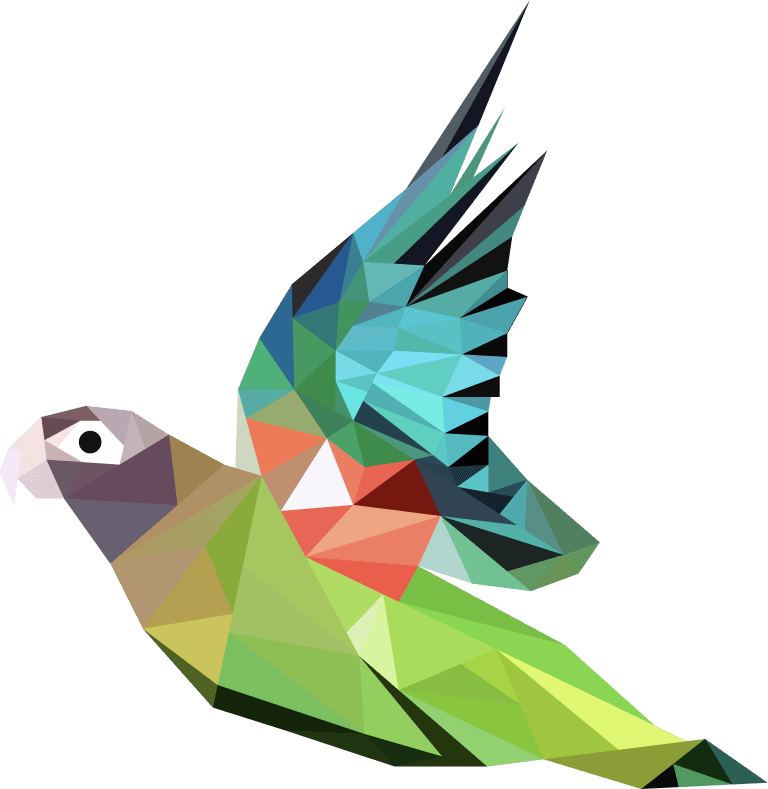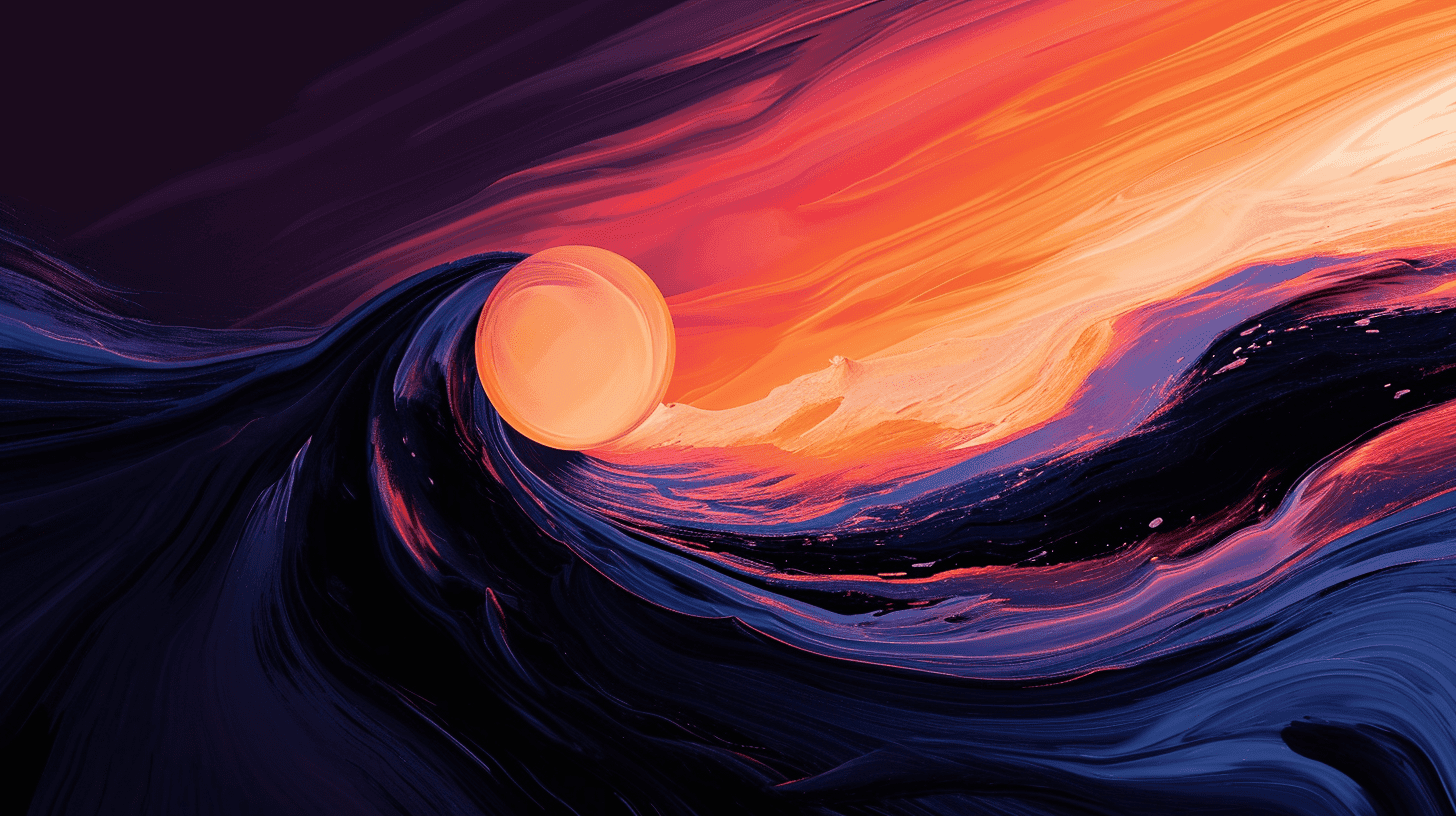Til baka
Unleashing Creativity: Writing Exercises for Artistic Expression

Creativity is not just a fleeting moment of inspiration; it is the very fabric that weaves together the essence of our personal and professional lives. It allows us to solve problems, communicate ideas, and express our deepest emotions in ways that transcend the boundaries of language and culture. Yet, for many, tapping into this reservoir of creative potential can feel like an insurmountable challenge. The blank page, the empty canvas, the silent instrument—all can seem daunting to those waiting for a muse that whispers too softly or, at times, not at all. This is where the power of writing exercises comes into play, serving as a bridge between the latent creativity within us and the tangible expressions of art we seek to produce.
Writing exercises are not merely about putting pen to paper; they are about unlocking the mind, exploring the uncharted territories of our imagination, and giving voice to thoughts and feelings that may have been silenced by doubt or fear. These exercises serve as a catalyst for creativity, providing structure where there is chaos and lighting a path through the fog of uncertainty. Whether you are an artist looking to add depth to your work, a writer seeking fresh ideas, or someone simply wishing to explore the vast landscape of their inner world, writing exercises offer a way to dive deeper, reach higher, and express more fully.
The Role of Writing in Artistic Expression
At its core, writing is an act of discovery. It is a journey into the recesses of the mind, a dialogue with the self, and a dance with the imagination. For artists, writers, musicians, and creators of all kinds, writing can be an invaluable tool in the creative process. It offers a way to explore concepts, emotions, and narratives that can enrich and inform their work in other mediums. Writing can help an artist to conceptualize a visual piece, allowing them to articulate the emotions, themes, and messages they wish to convey. For a musician, lyrics and written reflections can deepen the emotional resonance of their compositions. Even in the realm of dance or theater, writing about movements, expressions, and the intentions behind a performance can bring a new level of clarity and intentionality to the artistic expression.
But the benefits of writing extend beyond the mere conceptual; they are deeply psychological as well. Writing has been shown to reduce stress, improve mood, and foster a sense of personal achievement. It encourages mindfulness, helping artists to be present with their thoughts and feelings, to observe them without judgment, and to channel them into their work. This introspective practice can lead to greater self-awareness and emotional intelligence, both of which are crucial for authentic and impactful artistry. Examples of the transformative power of writing in artistic expression abound:
- Vincent Van Gogh, in his letters to his brother Theo, articulated not just his financial and emotional struggles, but also his artistic vision and the theories that underpinned his work. These letters are a testament to how writing can serve as a mirror to the artist's soul, reflecting the depth of his thoughts and the intensity of his passion.
- Frida Kahlo kept a diary that was rich with illustrations, poems, and reflections on her art, her pain, and her love, offering a glimpse into the complex inner life that fueled her iconic paintings.
- Leonardo da Vinci's journals, filled with sketches, scientific diagrams, and observations, reveal a mind that saw no boundary between art and science, illustrating how writing can be a space for interdisciplinary exploration and innovation.
In each of these examples, writing was not a separate endeavor from their art but a complementary process that enriched and deepened their creative expression. It was a space for experimentation, where ideas could be tested, revised, and refined before taking their final form in paint, sculpture, or movement. Writing, in essence, became a laboratory for creativity, a safe haven where the raw materials of imagination could be mixed and melded into new forms of artistic expression.
Through writing exercises, we too can tap into this wellspring of creativity. These practices offer a structured yet flexible approach to exploring our thoughts, emotions, and ideas. They challenge us to look at the world in new ways, to question our assumptions, and to express what we find in our hearts and minds with honesty and authenticity. Whether through free writing, sensory descriptions, dialogue writing, or visual prompts, each exercise is a step on the journey to discovering and unleashing our creative potential.
Writing Exercises to Unlock Creativity
The journey into the heart of creativity often begins with a single step: the act of writing. This section delves into various writing exercises designed to unlock the boundless creativity within. Each of these exercises serves a unique purpose, from silencing the inner critic to enriching one's artistic palette. They are tools not only for exploration but for transformation, offering new ways to see, think, and create.
Free Writing: The Gateway to Uninhibited Expression
Free writing is the art of letting words flow freely from mind to paper without the constraints of editing or overthinking. This exercise is particularly powerful in bypassing the inner critic, that voice within us that criticizes every idea and stifles creativity. By setting a timer for 10 minutes and writing continuously without pausing for corrections or reflection, we engage directly with our thoughts and feelings. This unfiltered expression can unearth original ideas and insights that are often buried under layers of self-doubt and censorship. Free writing acts as a form of creative meditation, clearing the mental clutter and allowing fresh, unexpected concepts to surface. It's a liberating experience that reaffirms there are no wrong answers in the realm of creativity, only stepping stones to deeper understanding and innovation.
Sensory Descriptions: Enriching Your Artistic Palette
The world around us is a tapestry of sensory experiences, yet too often, we move through it without truly noticing the details. The exercise of sensory descriptions challenges us to engage deeply with our environment, enhancing our ability to create vivid, immersive experiences in our art. By choosing an object and describing it using all five senses—sight, sound, smell, touch, and taste—we not only improve our descriptive skills but also develop a keener awareness of the nuances that give life to creative work. This practice can transform the mundane into the extraordinary, encouraging artists to infuse their work with the richness and depth that come from a heightened appreciation of the sensory world.
Dialogue Writing: Exploring Perspectives
Dialogue writing is a fascinating exercise for delving into diverse viewpoints and character dynamics. By writing a conversation between two contrasting characters or objects, creators can explore complex relationships, conflicting motivations, and the subtleties of interpersonal communication. This exercise sharpens an artist's ability to give voice to different perspectives, enriching their narrative skills and deepening the emotional impact of their work. Whether for developing characters in a novel, scripting interactions in a play, or conceptualizing a series of paintings, dialogue writing opens a window into the myriad ways individuals connect, clash, and coalesce.
Visual Prompts: Painting with Words
Visual prompts, such as a photo or painting, can act as a catalyst for descriptive and narrative writing. This exercise leverages the power of visual stimuli to inspire stories, descriptions, and reflections. By using a visual prompt (perhaps an image revisited through Pyrilia's Replay Feature), artists can explore the stories behind the scenes, the emotions evoked by the imagery, and the narratives that weave through the visual tapestry. This practice not only enhances an artist's storytelling capabilities but also fosters a deeper connection between visual and verbal forms of expression, allowing for a more integrated approach to creativity.
Integrating Writing into Your Creative Process
Incorporating writing exercises into your creative routine can seem daunting at first, but with consistency, it becomes a natural and invaluable part of your artistic practice. Here are some tips for making writing a regular and rewarding aspect of your creative journey:
- Set aside dedicated time for writing exercises, treating them as essential to your creative development. This could be a brief period each day or a longer session once a week, depending on your schedule and goals.
- Create a comfortable and inspiring space where you can write without interruptions. This environment should invite creativity and allow you to focus fully on the exercise at hand.
- Embrace experimentation and playfulness in your writing. The goal is to explore and express, not to produce perfect work. Allow yourself the freedom to try new things and make "mistakes," for these are often where the most creative insights are found.
- Reflect on your writing experiences and consider how the insights, themes, and ideas you discover can inform and enrich your other artistic endeavors.
Journaling in Pyrilia offers a powerful way to integrate writing into your creative process. By recording your thoughts, reflections, and the outcomes of your writing exercises, you create a living document of your creative journey. This not only aids in tracking your progress and growth but also serves as a repository of ideas and inspirations that you can revisit and build upon. Pyrilia's organized storage and replay feature make it an ideal platform for keeping your creative explorations accessible and engaging, ensuring that your journey into the heart of creativity is both fruitful and fulfilling.
Frequently Asked Questions
How can I overcome writer's block and unleash my creativity?
Writer's block is a common challenge that stifles the flow of creativity, leaving many feeling stuck and frustrated. However, writing exercises can be a powerful antidote to this creative ailment. By engaging in exercises that focus less on the outcome and more on the process, you can begin to lower the barriers erected by self-doubt and perfectionism. Free writing, for example, encourages you to write continuously without worrying about grammar, spelling, or even making sense. This exercise can help bypass the inner critic that often halts progress, allowing ideas to flow more freely. Similarly, exercises focused on sensory descriptions or dialogue writing can shift your focus away from the pressure to create something "good" and towards the act of exploration and expression. These activities can rekindle the spark of inspiration, often leading to breakthroughs in creative projects. Moreover, finding inspiration in everyday life is crucial. This can be achieved by maintaining a sense of curiosity, observing the world around you, and jotting down thoughts, feelings, or observations in a journal. These snippets of daily life can later serve as seeds for larger creative projects, proving that inspiration can be found in the most mundane moments.
What are the best practices for incorporating writing into my daily routine?
Incorporating writing into your daily routine requires intentionality and discipline but can be incredibly rewarding. One of the best practices is to set aside a dedicated time each day for writing. This doesn't need to be a lengthy period; even just ten to fifteen minutes can yield significant benefits over time. Morning hours are often recommended for writing, as the mind is usually clearer and less cluttered with the day's worries. However, the most important aspect is consistency and finding a time that works best for you. Additionally, creating a comfortable and inviting writing space can help make this daily practice something to look forward to. Utilizing digital tools like Pyrilia can also enhance your writing routine. Pyrilia's organized storage and replay feature make it easy to keep track of your ideas, reflections, and the progress of your creative projects. By reviewing past entries, you can see how your thoughts and ideas have evolved over time, providing both motivation and material for future work. Furthermore, engaging in a variety of writing exercises can keep the routine fresh and exciting, helping to prevent burnout and maintain a high level of creativity.
Conclusion
Throughout this exploration of writing exercises for artistic expression, we've uncovered the transformative power of writing as a tool for unleashing creativity. From free writing to sensory descriptions, dialogue writing, and visual prompts, each exercise offers a unique pathway to deeper self-exploration and artistic innovation. These practices not only help to overcome common obstacles like writer's block but also enrich the creative process, making it more vibrant and fulfilling.
As we conclude, remember that the journey to greater creativity is ongoing, and each word you write is a step towards unlocking your full potential. Experimenting with different writing exercises can open up new avenues for expression and discovery. And with the support of digital tools like Pyrilia, you have a companion on this journey, offering a space to store, organize, and reflect on your thoughts, memories, and reflections. Pyrilia not only aids in managing your creative output but also encourages a deeper engagement with your inner world, making it an invaluable resource in your artistic practice.
Thank you for joining us on this journey of artistic exploration. May the exercises and strategies shared here serve as a beacon, guiding you towards a richer, more expressive creative life. Remember, creativity is not a destination but a continuous voyage of discovery, and every step forward enriches not just your art but your experience of the world.
Ef þú líkar við póstinn, gætir þú hugsað um að taka þátt í Pyrilia.
Pyrilia er fullkomin staður til að geyma hugmyndir, minningar og meginhyggjur.
Skelfa daglegar hugsanir, leggja áherslu á merkileg reynslu og endurræsa þær með einstakri endurspilunarstöðu okkar. Umföngum ferð með auknu minni og sjálfsátökum. Saga þín, fallega varðveitt.
Prófaðu það

Kannaðu aðra pósta:




